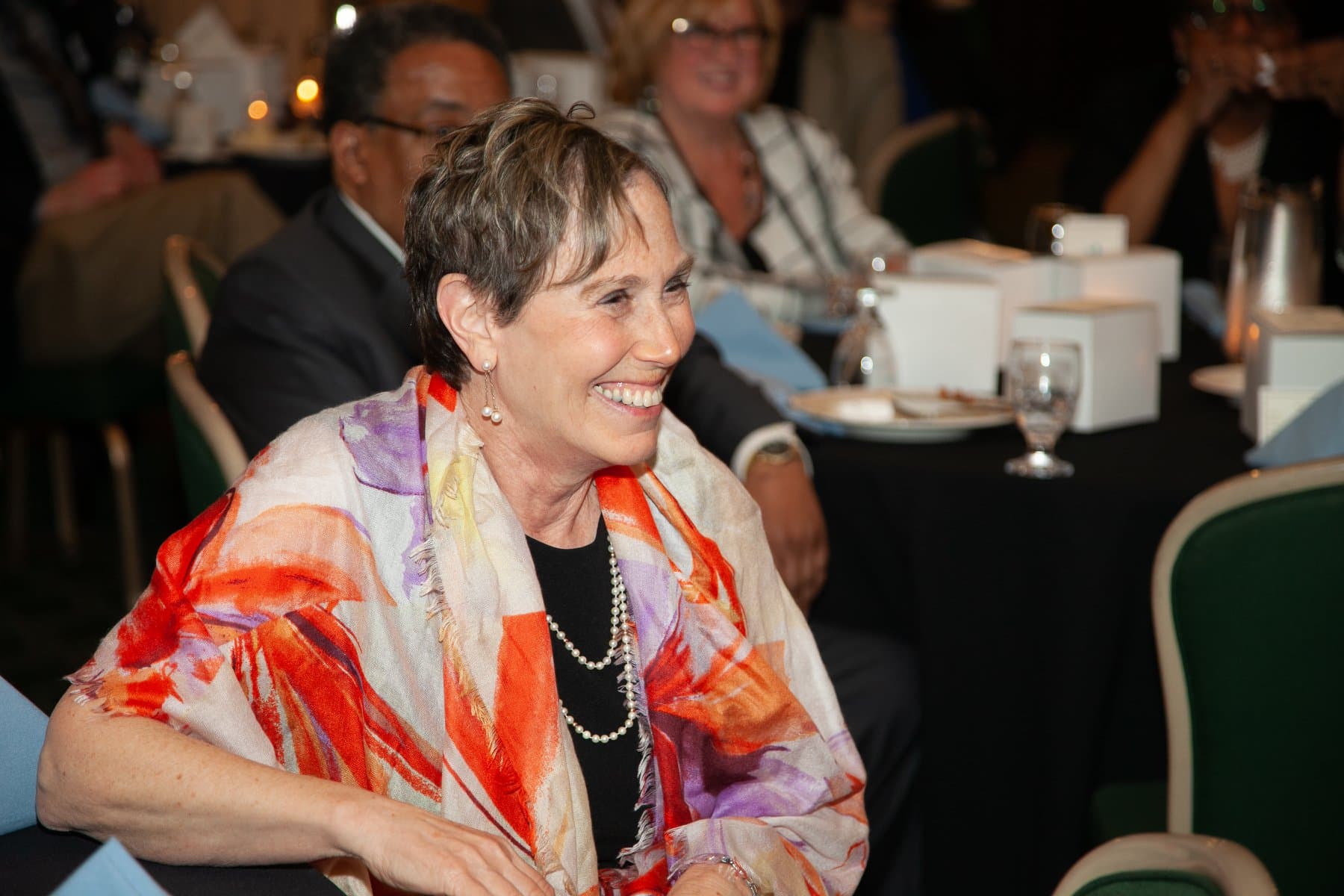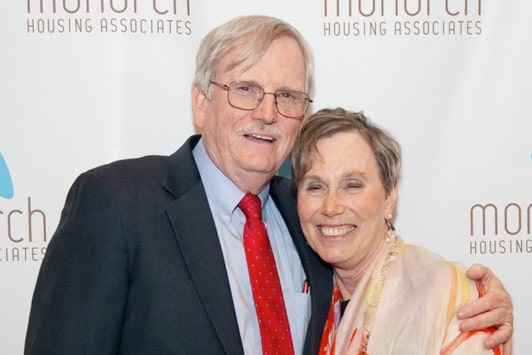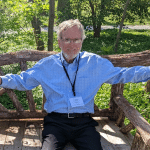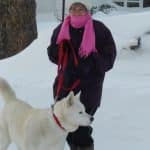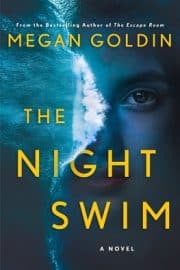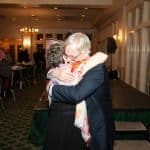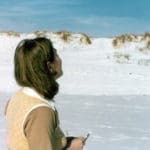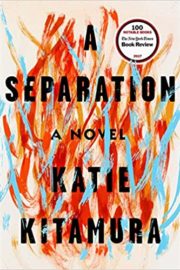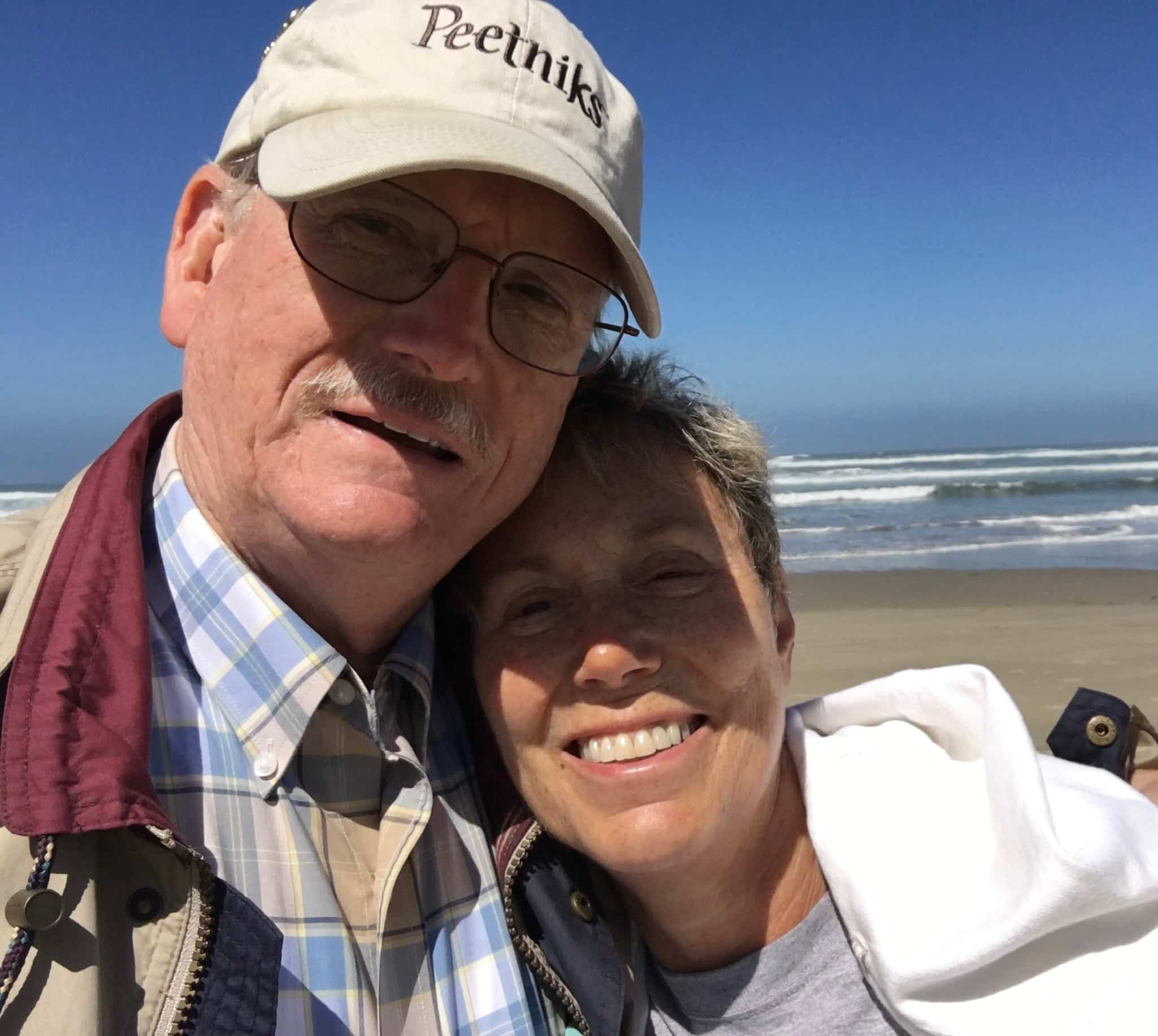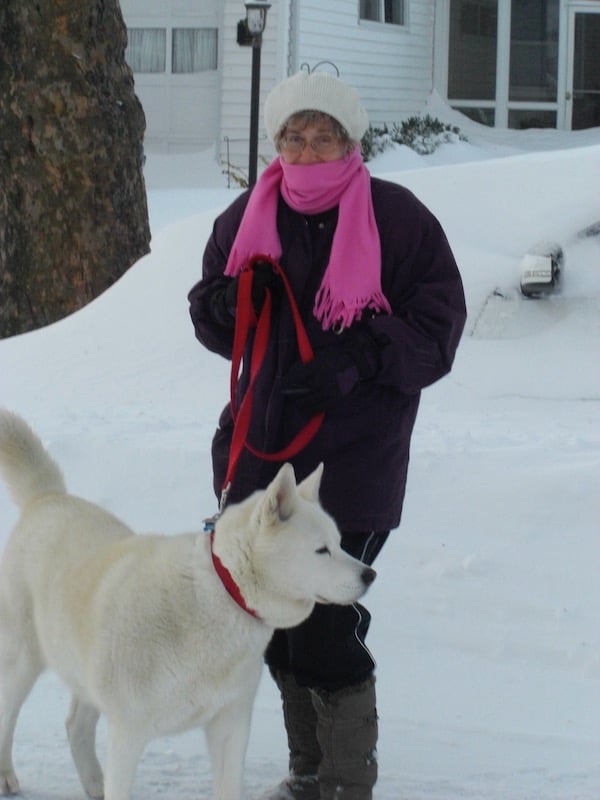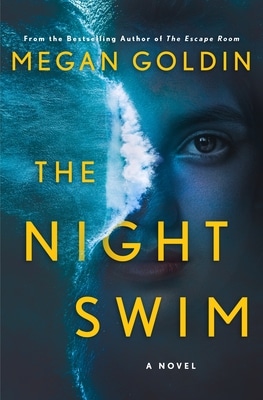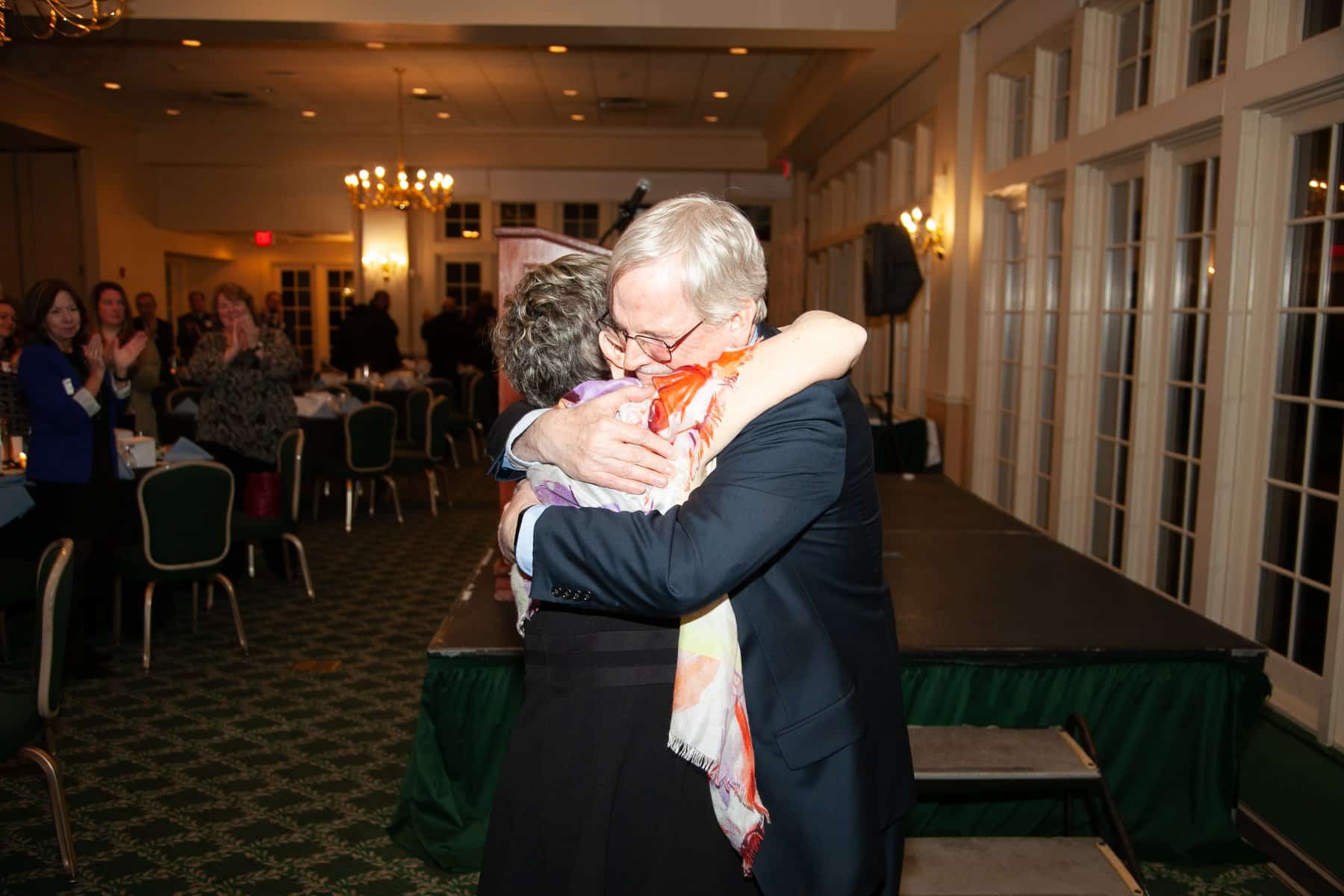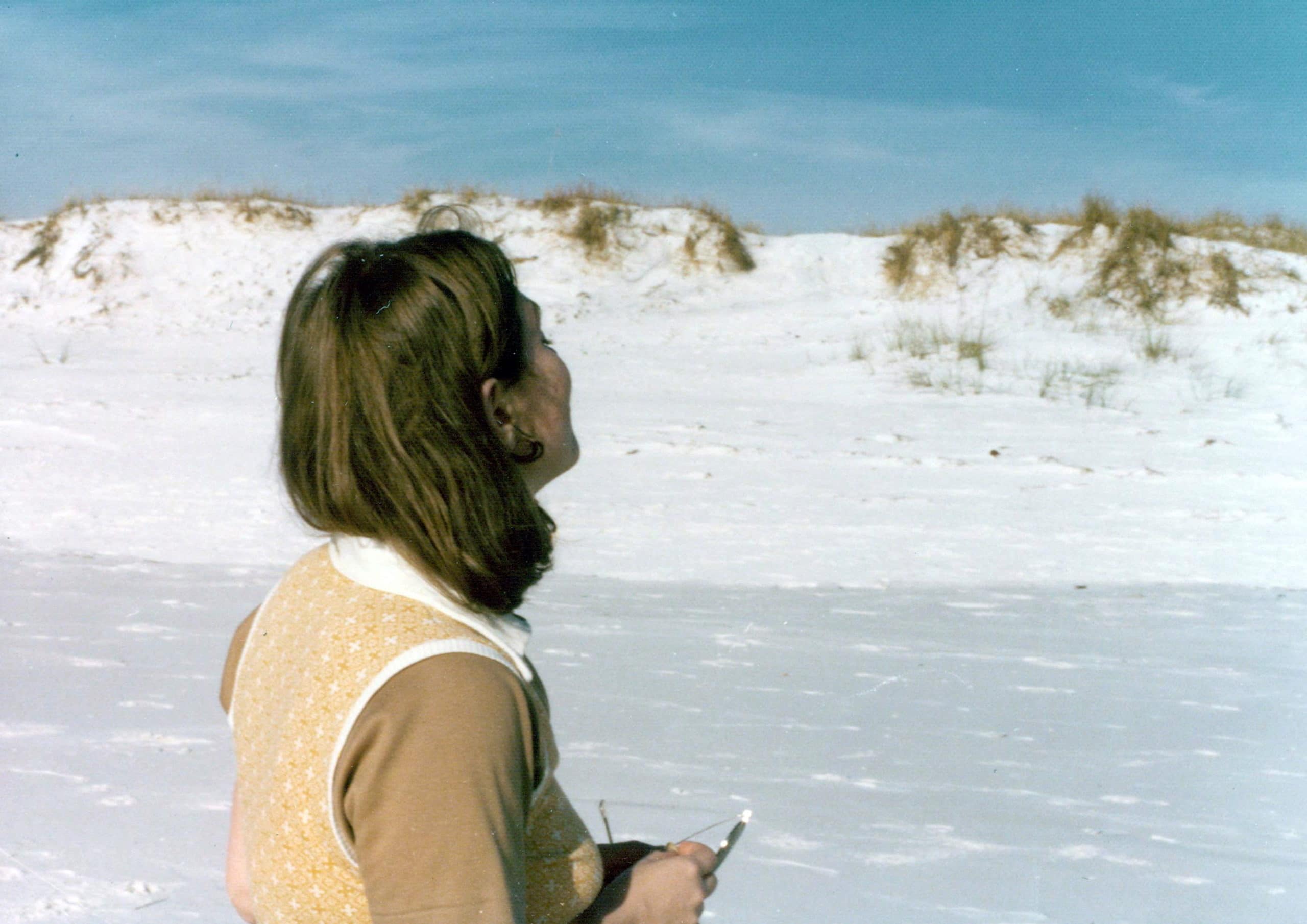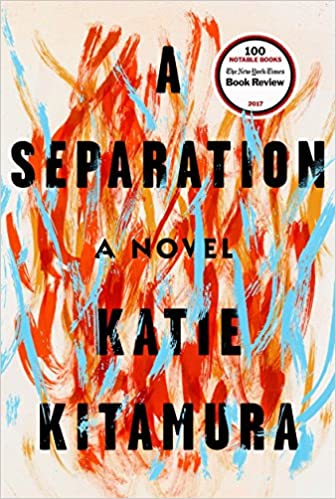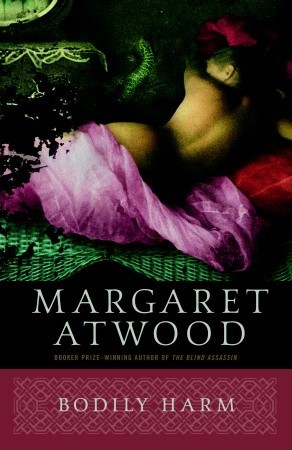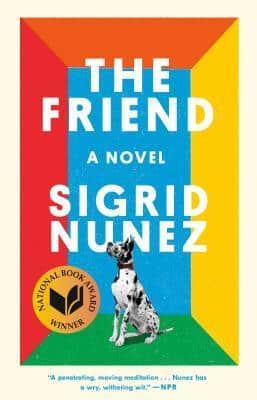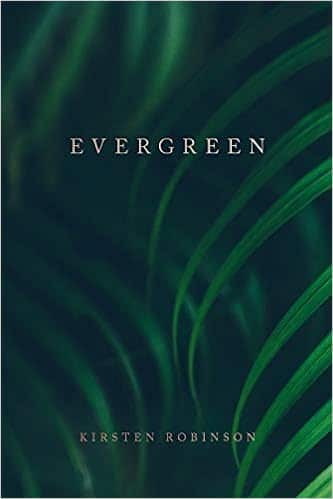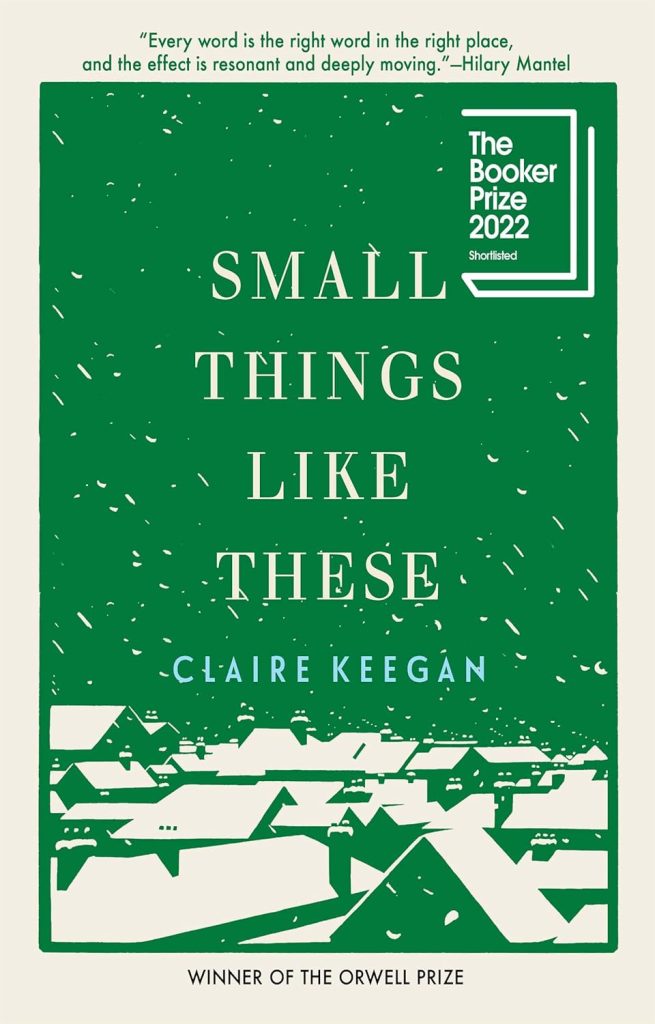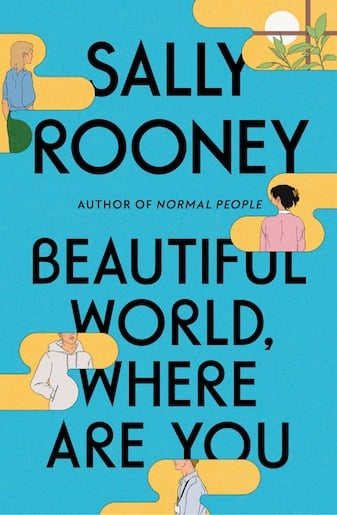The Night Swim by Megan Goldin is a book that I thought would be different from the last two books - Sarah's Key and Send for Me - that I had read. Both of those were directly or indirectly about the Holocaust. The Night Swim was a page-turner, but it also was about numerous social issues that Jan ad I had spent our lives working to resolve. Among these are male violence and its impact directly and indirectly on women. I often selected this book from the e-library based on reviews and reading the sample section.
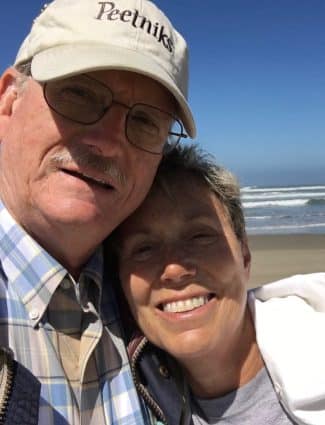
Curveballs Are Hard to Hit
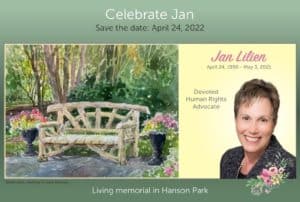 I have always enjoyed watching baseball, even though I never could hit a curveball.
I have always enjoyed watching baseball, even though I never could hit a curveball.
For the last few months, I had thought my grief had entered a stable period that might be the new normal.
Then life threw me a curveball; I swung and missed. I have at least two more pitches before I strike out, but now my confidence has evaporated.
When I have hit a bump in the road in the past, Jan’s love has helped me pick myself up and keep going.
This one is more difficult, but Jan is always with me and will help me again.
When you buy a book or product using a link on this page, I receive a commission. Thank you for supporting Sharing Jan’s Love blog.
